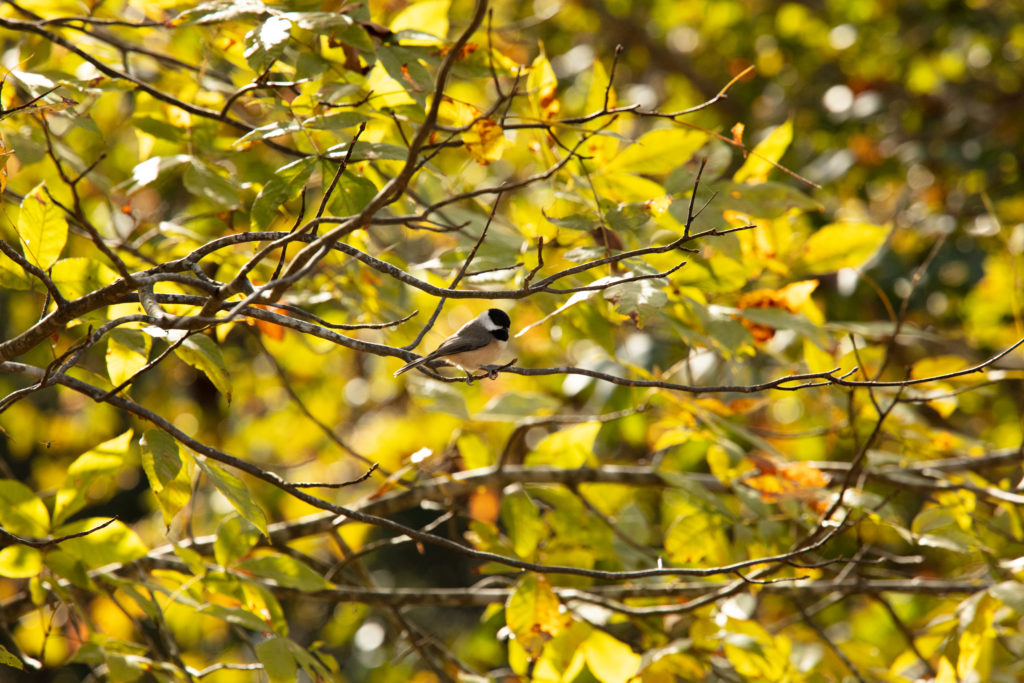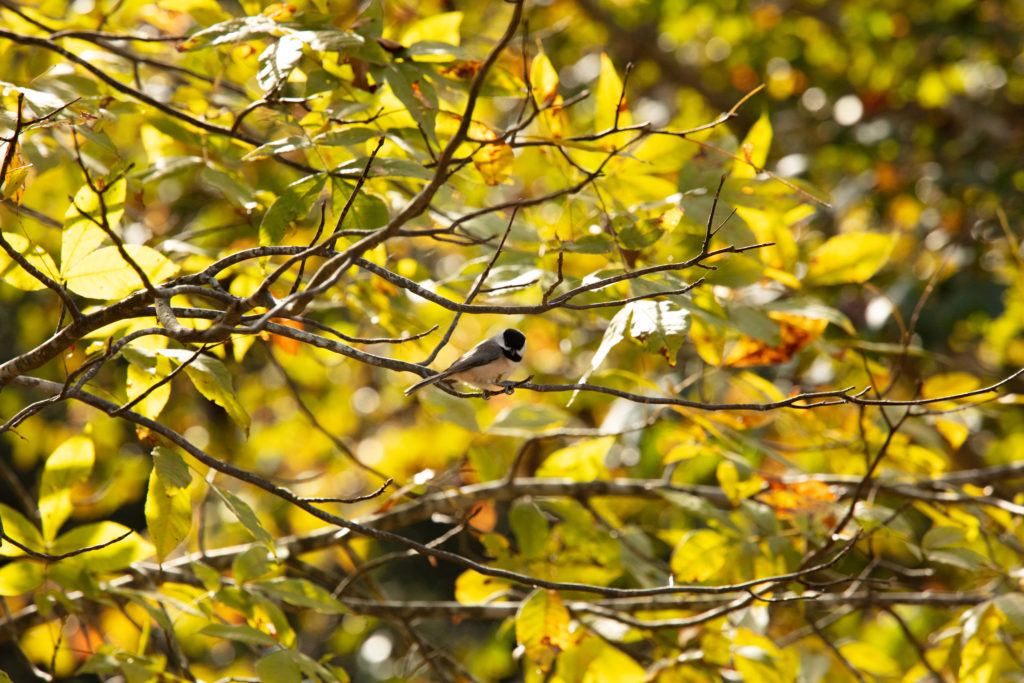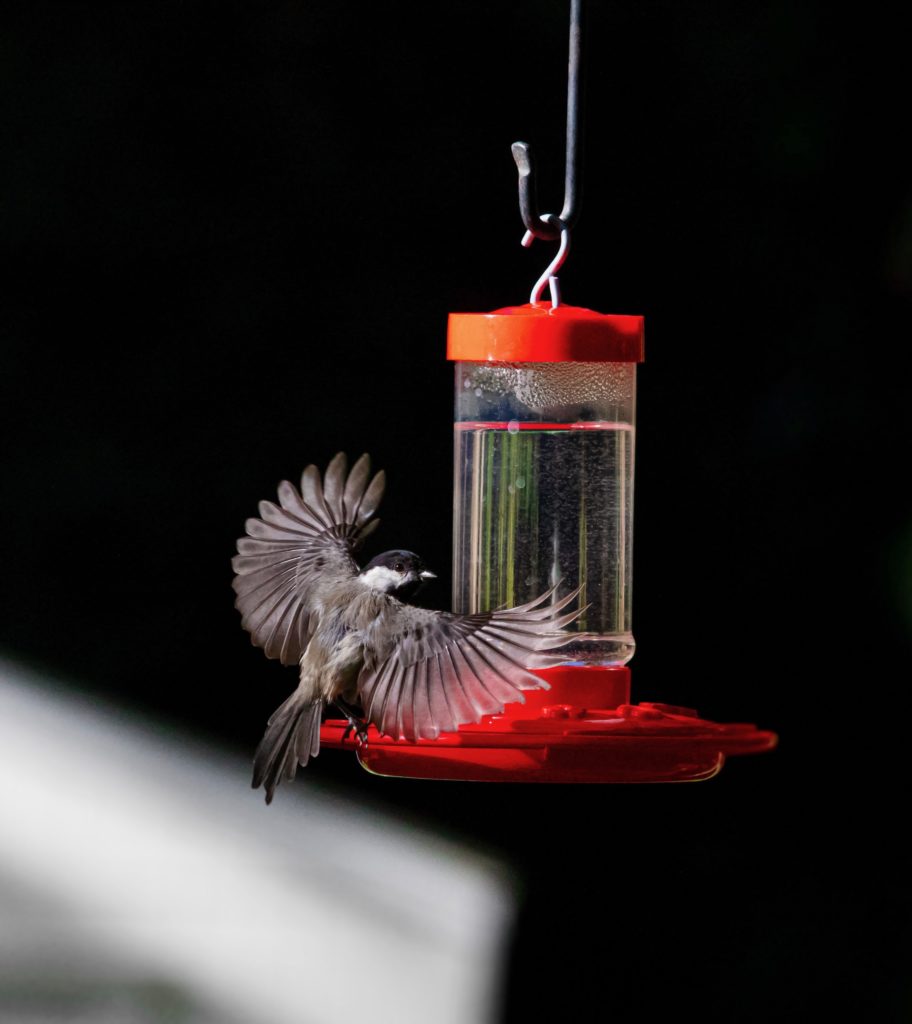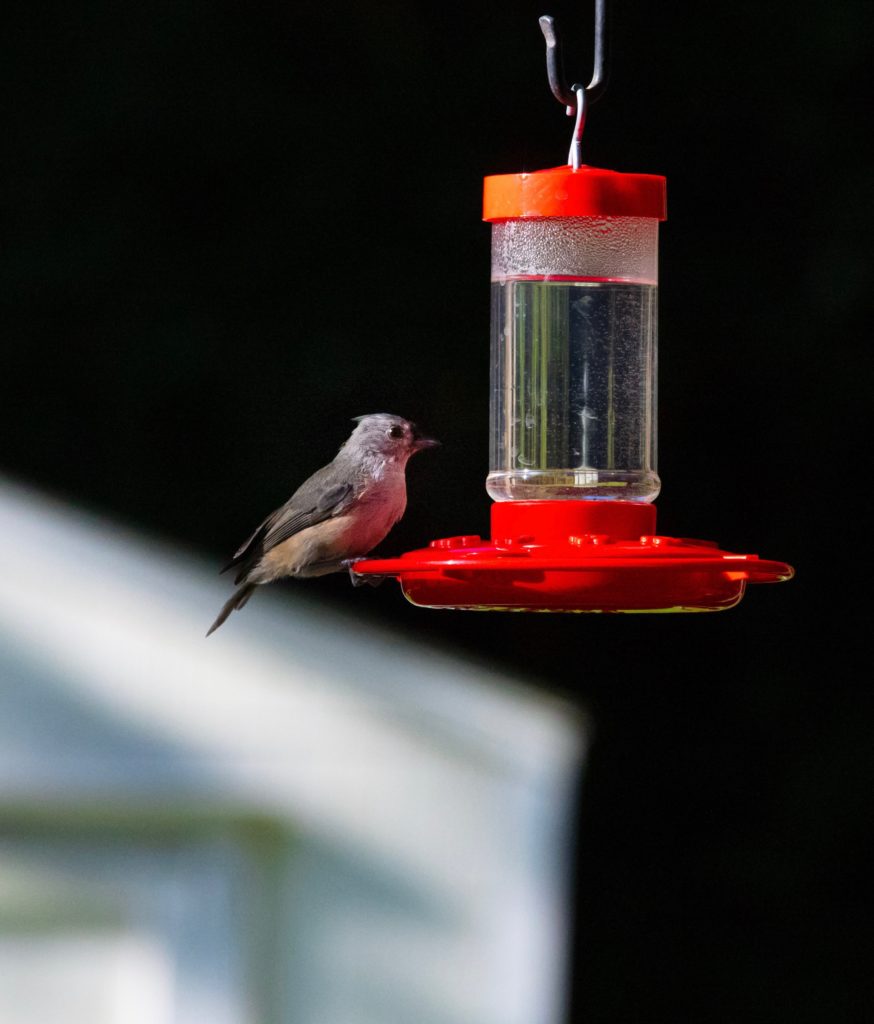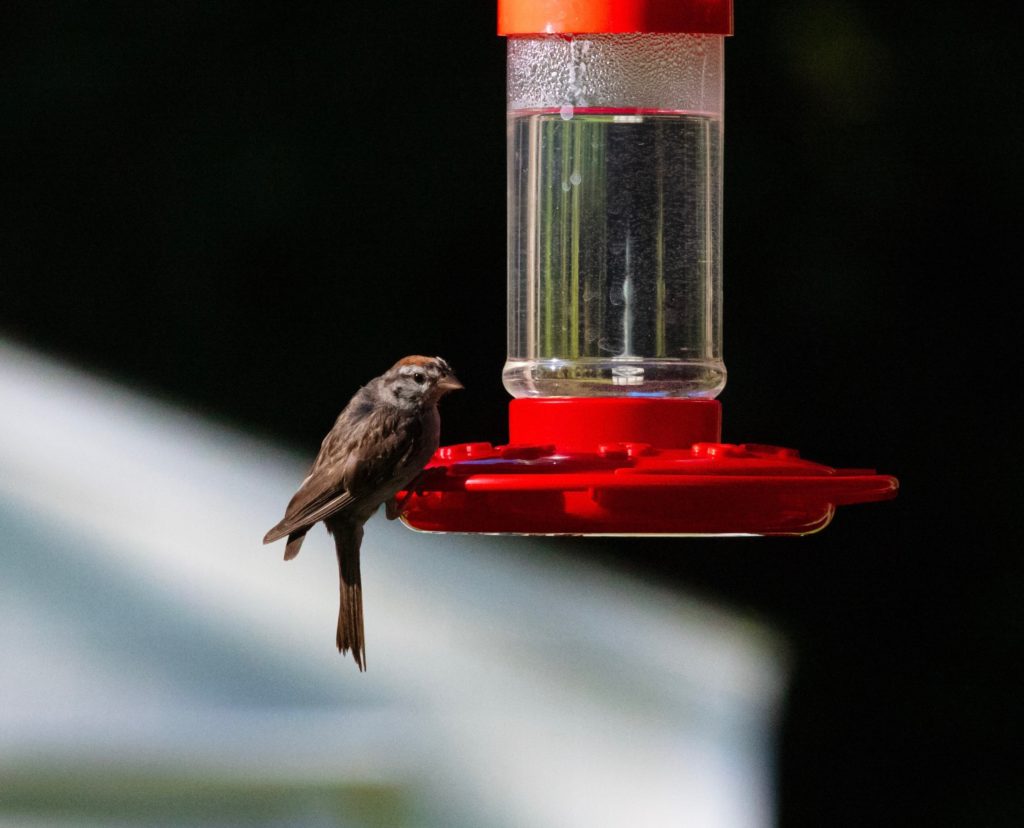
While birding at Harris Lake Park earlier this week, I found a family of Carolina Chickadees foraging in the woods.
It was great to stand there for a few minutes watching their antics as they chattered and tweeted at one another while hopping from branch to branch.

Now that we’re getting into the heart of summertime, families of Chickadees are busy teaching the young ones how to find food.
As summer gives way to autumn, flocks of Carolina Chickadees will begin to form. Yearlings may join their parents’ group, or they may join nearby flocks.
When winter draws close, the young Chickadees and their parents will focus on building energy reserves, hiding seeds for later (caching), and fitting in with the flock as they go out as a group in search of a meal.
Today though, there’s plenty for the little ones to eat and time for learning how to survive on their own.
Photos by @sally_siko of @birdwatching_nc on the fabulous full frame SLR, the @canonusa
#5Ds



